 The application of the HDBaseT standard seeks to meet the specific needs of each use case.
The application of the HDBaseT standard seeks to meet the specific needs of each use case.
Dana Zelitzki*
In an increasingly connected world, we find several options to connect our screens, projectors, receivers, etc. For some use cases, the wireless connection works well, if high resolution and low latency are not of particular importance. Other cases demand a more robust and reliable solution, and this is where the HDBaseT standard comes in.
HDBaseT is the most sophisticated standard for wired connectivity, enabling long-distance transmission (up to 100m) of audio and video, Ethernet, USB, controls, and power over a single Cat6 (or higher) cable. HDBaseT is a versatile technology, as it allows different topologies and installation scenarios that allow to meet the specific needs of each installation.
Let's look at some of them:
HDBaseT for digital signage
If in the past we used traditional printing to transmit information and advertising, today dynamic digital screens provide more flexibility and a better experience to the end user, either to know when the next train will arrive at the station or to see the latest announcements in public spaces.
There are countless application situations for digital signage installations, but most of them require the use of the most advanced video formats and resolutions, sometimes in environmental conditions that pose great challenges. Digital signage transmits new content in real time and the ability to control the transmission remotely allows for greater flexibility and less complexity.
HDBaseT offers an advanced connectivity infrastructure that supports remote transmissions and multi-monitor configurations. HDBaseT's long-distance transmission can be extended to several jumps of 100m each, further increasing the transmission range. HDBaseT's support for different topologies (such as daisy chain or multiflow) overcomes the distance constraints imposed by native interfaces (such as HDMI or DVI), simplifying installations and reducing the costs of connecting commercial networks. With near-zero latency, quality is not compromised even in string or multithreaded configurations.
HDBaseT allows duplication of content, large video walls and external screens subjected to the rigor of outdoor conditions. By transmitting native interfaces, hdbaset enables maximum interoperability between a large number of devices and technologies.
HDBaseT in education
The collaborative classroom is here, a configuration that encourages greater interaction and collaboration between students and between them and the teacher. Whether in a high school environment or at a university, technology can greatly benefit students.
Connectivity is a central element in the collaborative classroom. It is necessary to connect different equipment (the school's servers, the teacher's personal computer and even the students' tablets) to different screens to provide greater flexibility and adaptability in this environment. The elements at play may include screens, projectors, interactive whiteboards, wall plates, outlets and information sources (computers, tablets, DVDs, etc.).
Distance is often a challenge in the education sector: connecting a projector in a large auditorium or accessing media servers in a different building. This is one of the main advantages of the HDBaseT standard in the education sector. In addition, by allowing long-distance transmission by cable (which may have been previously installed), it simplifies installations and reduces costs.
In fact, several additional cable bypasses can be installed in the classroom and on campuses to ensure the adaptation of the facility to future developments, specifically the connectivity of the devices. With HDBaseT adapters and extenders, even computers that do not support the HDBaseT standard can be easily connected to the general configuration.
Another important differentiator in this type of environment is the ability of the HDBaseT standard to transmit bidirectional USB 2.0, which allows interactivity with KVM (keyboard-video-mouse) functions, touch screen functions, video sharing and much more.
HDBaseT for Business
Time is money. Or at least that's what businessmen say. And if so, then a reliable installation, with high bandwidth and near-zero latency is critical in every corporate environment. In addition, as the company grows, it is important that the audiovisual configuration is able to adapt and incorporate more devices into the general system, in order to support the increase in the company's activities, the expansion of spaces and the increase in labor, among other factors. Interoperability and modularity are therefore essential to support business growth.
HDBaseT can be easily adapted to versatile corporate spaces, be it boardrooms and meeting rooms, open office spaces, fast boardrooms, auditoriums and a combination of all these types. Thanks to a single cable that transmits audio and video, Ethernet, USB, control and power, HDBaseT also eliminates cable piles in sleek office environments.
In addition, HDBaseT allows interoperability between different devices, which facilitates access to connectivity, both employees and visitors.
Maximum versatility
There is no one solution that suits each and every practical application. In fact, many people are quiet with a WiFi and streaming options to meet their residential audiovisual needs. However, it is important to identify the specific needs of each configuration and offer the solution that best meets those demands.
HDBaseT is a solution that offers greater options to installations, by supporting not only the 5Play feature set (audio and video, Ethernet, USB, controls and power), but also different interfaces within each of these functions (e.g. HDMI and DVI, I2S, IR, RS-232, etc.) By transmitting these interfaces natively, HDBaseT also saves money, as there is no need to invest in converters, while allowing the installation to adapt to future developments.
The HDBaseT standard is continuously under development, in order to meet the ever-changing needs of the industry and to support new and more advanced applications.
*Dana Zelitzki has a B.SC. in Computer Science and Statistics and Operations Research from Tel Aviv University. She currently serves as Associate Vice President of Marketing at Valens and Chair of the HDBaseT Alliance Marketing Committee.




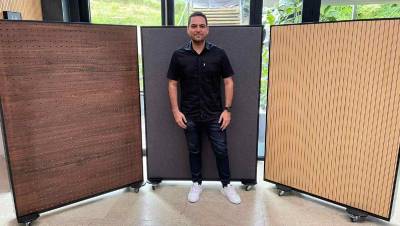

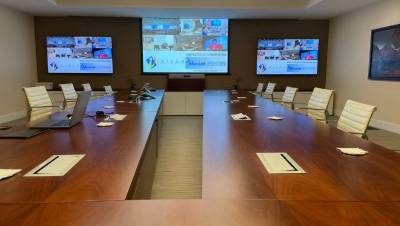

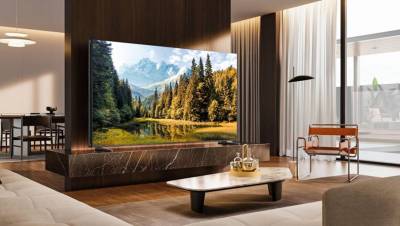
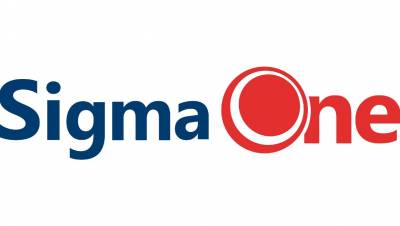

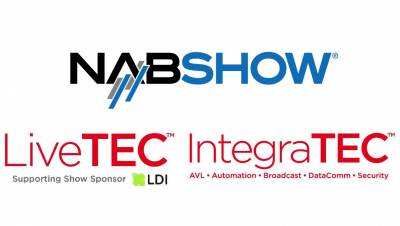
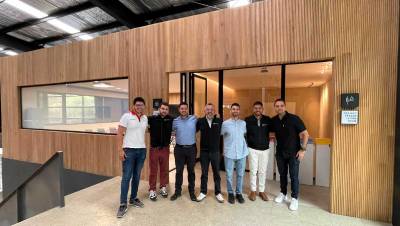
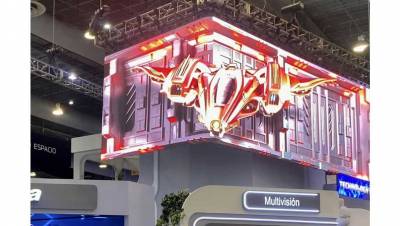
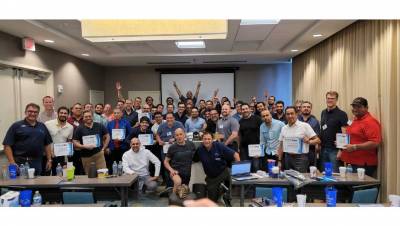


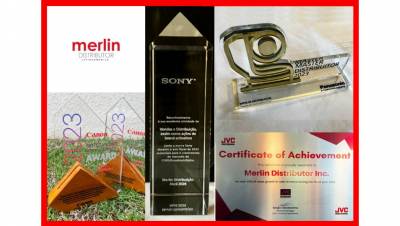








Leave your comment